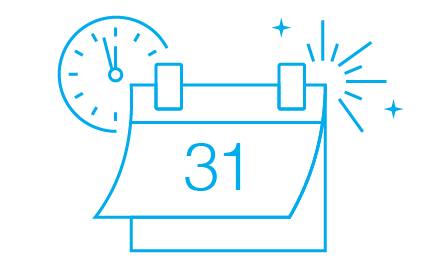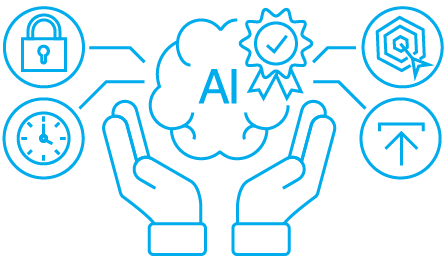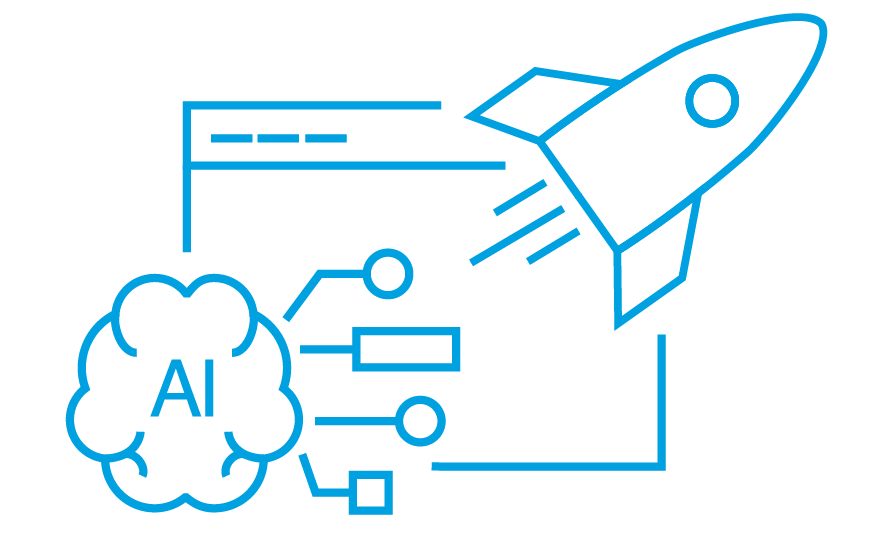- What is Data Enrichment?
- What Are The Types of Data Enrichment?
- What Are The Benefits of Data Enrichment?
- Data Enrichment Methods
- Common Use Cases of Data Enrichment
- How OnAudience can help with Data Enrichment?
In today’s data-driven business landscape, the significance of data enrichment cannot be overstated. It plays a pivotal role in enabling organizations to obtain a comprehensive 360-degree view of their customers, thereby empowering them to glean additional user details, insights into customer behavior, preferences, and demographics. By embracing data enrichment, businesses can unlock a myriad of benefits that are instrumental in fostering enhanced customer experiences and driving business growth.
What is Data Enrichment?
Data enrichment refers to the process of enhancing, refining, and improving existing first-party data or raw data by adding relevant information, context, or quality attributes to make it more valuable and meaningful for analysis, decision-making, and various business applications. Data enrichment allows to create a comprehensive customer overview with additional information that include:
- demographic data
- purchase intentions
- interests
- events
- brands
Data enrichment aims to increase the accuracy, completeness, and depth of the data, enabling organizations to derive deeper insights, make informed decisions, and personalize their interactions with customers and prospects.

What Are The Types of Data Enrichment?
Data enrichment encompasses a diverse array of strategies and techniques aimed at enhancing and expanding the value of existing data. By enriching customer data with various attributes, businesses can gain deeper insights into customer demographics, purchase intentions, interests, and events.
Let’s delve into each type of data enrichment to understand how they contribute to a more comprehensive customer understanding.
- Data Enrichment by Demography means enhancing customer profiles with detailed demographic information such as age, gender, income, education level, marital status, and geographic location. This type of enrichment allows businesses to segment and target their customer base more effectively, tailor marketing campaigns, and personalize customer experiences based on specific demographic characteristics.
- Data Enrichment by Purchase Intentions enriches customer data with purchase intention insights involving analyzing customer behavior, browsing history, and past purchasing patterns to predict future buying intentions. By leveraging this type of data, businesses can personalize product recommendations, optimize pricing strategies, and craft targeted promotions that resonate with customers’ anticipated purchase preferences.
- Data Enrichment by Interests involves capturing and analyzing customer preferences, hobbies, and lifestyle choices. By understanding customers’ interests, businesses can curate personalized content, recommend relevant products or services, and tailor marketing communications to align with customers’ passions and inclinations.
- Data enrichment for Brands involves enhancing customer data with specific brand preferences, engagement, and purchase history related to a specific brand. This enables businesses to tailor personalized marketing, recommend relevant products, and optimize user engagement based on brand inclinations and purchase behavior.
- Data Enrichment through Raw Data involves businesses augmenting and refining their current datasets with supplemental, unprocessed data. This approach facilitates deeper understanding and more accurate decision-making by offering detailed insights that are customized to meet specific business requirements.
Data enrichment involves refining and enhancing the accuracy, completeness, and relevance of the primary data collected.
By enriching first-party data, businesses can ensure that the data used for customer analysis and decision-making is of the highest quality, leading to more accurate insights and improved business outcomes.
What Are The Benefits of Data Enrichment?
In today’s data-driven business landscape, data enrichment offers a multitude of benefits that empower organizations to gain deeper insights into customer behavior and preferences such as:

- Get 360-degree customer view – enables businesses to gain a more comprehensive understanding of user behavioral profile by providing information and data regarding demographics, preferences, behavior, interests, purchase intentions. This comprehensive understanding of user behavioral profiles allows businesses to create personalized and targeted experiences, leading to increased customer satisfaction, loyalty, and ultimately, improved business performance in advertising campaigns.
- Hyper-personalized customer experience – leverages data-driven insights obtained through data enrichment, businesses can create unique and personalized customer experiences by accurately tailoring messaging to individual preferences. This includes customizing ad campaigns, website content, and targeted marketing initiatives based on customer interests and behaviors.
- User profile gaps completion – helps in mitigating the impact of incomplete or inaccurate data, or removing duplicate entries to ensure that businesses have access to reliable and up-to-date information for their analytical and strategic purposes.
- Reveal trends and patterns – facilitates reporting and analytics essential for uncovering patterns and trends that enhance decision-making processes. Advanced data analysis tools fueled by data enable businesses to reveal hidden correlations, predict outcomes, and identify opportunities in areas such as sales, customer behavior, and market trends.
Data Enrichment Methods
Data enrichment methods play a crucial role in enhancing the quality and usability of data for businesses. They encompass processes such as data cleansing, data completion, and data segmentation, each serving distinct purposes in ensuring the accuracy and relevance of data for informed decision-making and targeted strategies.
- Data cleansing requires identifying and rectifying errors, inaccuracies, and inconsistencies within a dataset, such as removing duplicate records, standardizing data formats, and validating data accuracy.
- Data completion involves filling in missing or incomplete data values within a dataset, utilizing methods such as statistical analysis, machine learning algorithms, or domain-specific knowledge to predict and populate missing data points.
- Data segmentation means the process of filling missing information regarding a given dataset into specific categories or segments based on defined criteria, such as demographics, interests, or purchase intentions to enable targeted marketing and personalized customer engagement.
Common Use Cases of Data Enrichment
Data enrichment involves employing a variety of methods and approaches to augment and enrich the value of current data. Through enriching customer data with diverse attributes, businesses can acquire more profound insights into customer demographics, purchase inclinations, interests, and other activities for instance:
- Retail Industry – A retail company harnessed data enrichment solutions to gain insights into user behaviors, preferences, and interests beyond their platform. This enabled the delivery of tailored offers to address specific customer needs based on a comprehensive understanding of their preferences and behaviors across various websites and platforms.
- Automotive Industry – An automotive company harnessed data enrichment solutions to understand customer behaviors, preferences, and interests beyond their interactions with the company’s platforms. This facilitated the provision of personalized vehicle recommendations and tailored service offerings based on a holistic view of customer preferences and behaviors across automotive websites.
- E-commerce Industry – An e-commerce company leveraged data enrichment solutions to gain a deeper understanding of customer behaviors, preferences, and interests beyond their platform interactions. This approach empowered the company to offer personalized product recommendations and tailored shopping experiences, effectively addressing individual customer needs.
How OnAudience can help with Data Enrichment?
OnAudience aids in data enrichment by offering extensive data from over 200 markets and insights from over 18 billion devices, enabling businesses to deeply understand their audience needs. They provide both raw and segmented data options for flexible integration, ensuring GDPR and CCPA compliance for data privacy.
OnAudience supports businesses in leveraging this enriched data for improved audience targeting, programmatic advertising, and reaching the most suited users. This support extends to facilitating more effective audience targeting strategies, enhancing the efficiency of programmatic advertising campaigns, and identifying the most relevant users for personalized marketing efforts. By utilizing OnAudience’s high quality datasets, businesses can optimize their campaigns to target specific demographics, interests, and purchase intentions, creating more personalized experiences and achieving higher engagement rates and ROI.



